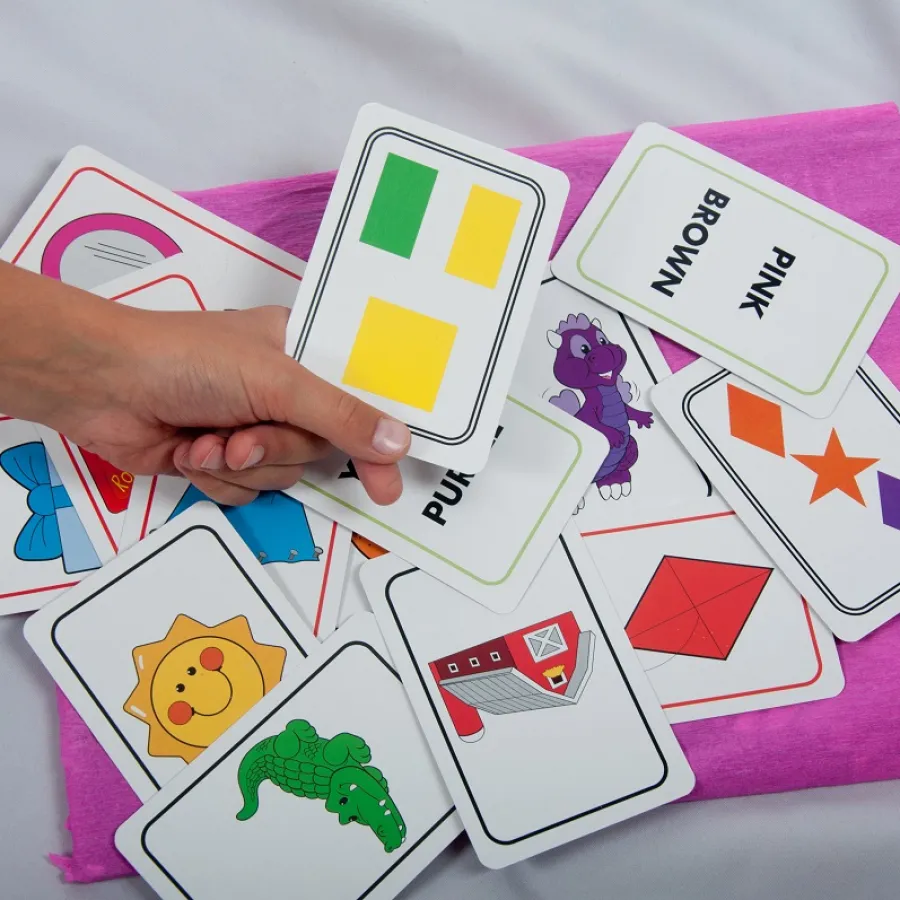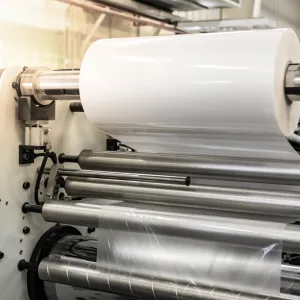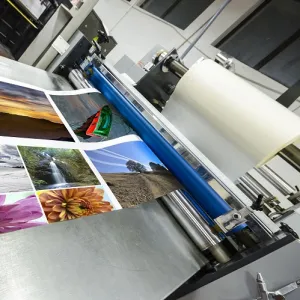
Cards & Card Sets

Add Durability to Cards with a Laminate Coating
Cards refer to conveniently-sized pieces that are printed on thick paper or cardstock. Cards can be printed for standalone use, such as a quick reference card. Cards can also be made as multi-piece sets or decks, such as flashcards or game cards.
Printed cards are often laminated, especially if they will be subject to frequent handling. The laminate adds a layer of protection against dirt and moisture, helping the printed cards maintain their original appearance for an extended time.
Laminates are available in gloss, matte or soft-touch finishes. Depending on the project, the laminate can be applied with a sealed edge to totally enclose the printed card in plastic, or the laminate can be flush-cut with the card's edges. Since most cards are relatively stiff, the corners of the cards can be rounded to make them safer to handle.
Cards and card sets can be custom-printed with any artwork or color combination you choose. Cards can also be perforated if a section needs to be easily removed, such as the stub of an event ticket.
Printed cards can also be used as hang tags by adding a die-cut slot or drilled hole. This allows them to suspend from an attachment of some kind. Product tags and inventory tags are common examples.
Sets of cards can be created by either shrink-wrapping a collated stack of loose cards or joining the cards together by some mechanical means. The most popular way to join cards together so that each card in the set can be viewed easily is to have a metal ring installed through a hole drilled in each card. Spiral binding and screw-post binding are two other ways cards can be joined together as a functional set that is easy to flip through.
Print Knowledge Center
Concepts, definitions, and advice to supplement your printing knowledge.

Laminated Printing: The Benefits of Applying a Laminate
Read This Article

Laminated Printing: What Options are Available?
Read This Article

Laminated Printing: Is a Sealed Edge or Flush Cut Better?
Read This Article

Printing and Laminating: What Thickness of Laminate is Best?
Read This Article